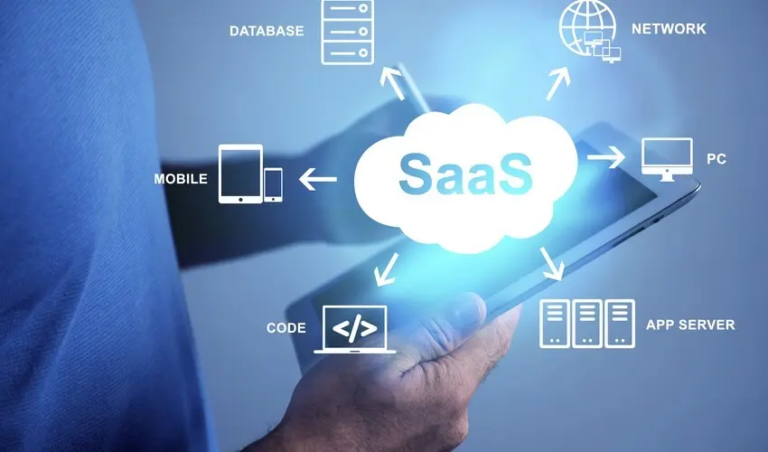Python is widely seen as a high-level, interpreted, and versatile programming language. It first appeared in 1991, crafted by Guido van Rossum, who began developing it in the late 1980s.
Introduction
Over time, Python has experienced incredible growth and has made a significant impact across the IT industry. Its influence spans software development, data science, machine learning, artificial intelligence, computer vision, and many other areas. It’s consistently climbing the ranks as one of the top programming languages and has become the preferred choice for countless developers and data scientists around the globe.
This article explores the key benefits of Python—a language that’s consistently ranked among the most beloved in the world. Over the years, it’s proven its ability to constantly innovate and shine in various branches of computer science.
High Level Makes It Easier
It’s easier to work with Python because it’s a high-level language. As we mentioned, high-level languages are simpler to use than lower-level ones. That’s because lower-level languages are much closer to machine code and don’t have as much abstraction from it. To put it another way, and thinking about the basics of coding, the further a programming language is from the raw machine binary code, the higher-level it is considered.
Languages like Python, which are high-level, often incorporate elements of natural language. This makes them simpler to use when you’re developing a program. Specifically, Python has a syntax that feels a lot like English, making it easy to read, write, and learn.
Multi-Paradigm and Multi-Purpose
Python is both a versatile, all-purpose language and a multi-paradigm one. As the name implies, being ‘general-purpose’ means Python can be used for all sorts of tasks, offering a huge range of applications.
It’s an excellent choice for software development, letting developers leverage powerful frameworks like Django and Flask. You can also use Python for web scripting, building desktop applications with graphical interfaces, game development, security tasks, and, of course, data science – where Python has cemented its position as the go-to language.
On top of that, Python is considered a multi-paradigm language, which means it supports various programming styles, including object-oriented, functional, and structured programming. This flexibility to handle different approaches is another big reason why Python is so widely used and popular.
Libraries, Frameworks, and Tools
Python’s incredible array of libraries, frameworks, and tools is often cited as one of its biggest strengths—perhaps even its most significant advantage. These resources make life much easier for developers and data scientists by offering ready-made code snippets that can be easily reused and woven into projects or applications.
Python programmers have access to a fantastic selection of frameworks and tools, too. When it comes to full-stack web frameworks, there are many excellent options available, including TurboGears, Dash, Web2Py, and the extremely popular Django.
Portability
Python was also created to make it easy to use across different systems. It works on all major operating systems, including macOS, Linux, UNIX, and Windows. The best part? Developers only need to write their code once, and it can run anywhere. This isn’t the case with many other languages, where programmers often have to tweak their code for each different platform.
Furthermore, Python’s community has grown incredibly quickly over the years. It’s famous for being welcoming to everyone, from complete beginners to seasoned developers, data scientists, academics, students—you name it. The community has become so large that you can easily find frequent updates, helpful recommendations, and solutions for almost any problem you might encounter.
Because Python is used in so many different fields and is so popular, it has built up a huge, supportive community where anyone is welcome to join in, discuss solutions, and share different perspectives.
Conclusion
When you consider all the benefits of Python, it’s easy to see just how outstanding this programming language is. It’s straightforward to use, has a fantastic support community, and thanks to the huge selection of libraries, frameworks, and tools, it can handle just about any task. That said, like any language, it’s not without its drawbacks.
Frequently Asked Questions (FAQs)
What is meant by Python app development?
Python is a versatile and widely used language for developing various types of applications. Its simplicity, flexibility, and extensive libraries make it a popular choice for building.
What are the types of Python apps?
- Web Applications
- Desktop Applications
- Mobile Applications
- Data Science and Analytics
What are the benefits of Python app development?
- Easy to Learn
- Fast Development
- Cross-Platform






